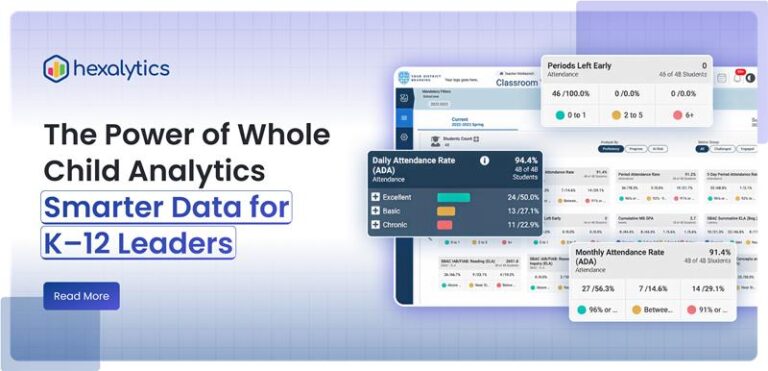How AI Powered ITSM is Transforming K12 and P20 District Operations



Digital learning has never been more dependent on reliable technology. According to CoSN’s annual EdTech Leadership Survey and Gartner’s ITSM Market Insights, districts now manage more devices, apps, and cloud systems than ever yet many still face slow support, rising downtime, and disconnected service workflows across their IT service management for school districts.
Classrooms rely on reliable technology. When devices fail or systems slow down, learning stops. AI powered ITSM minimizes disruptions through automation and faster resolution.
Device Sprawl Needs Central Oversight
Post-pandemic; districts manage tens of thousands of devices. ITSM gives real-time visibility across all of them.
ITSM Is Becoming ESM
Top-performing districts extend ITSM to HR, transportation, and facilities for districtwide efficiency.
Leaders Expect Real-Time Dashboards
Strategic plans can’t rely on static spreadsheets. They need live data to track progress and make adjustments.
Automation Is a Force Multiplier
Small IT teams are supporting thousands and doing it well thanks to AI routing and predictive workflows.
AI-powered ITSM is no longer optional for digitally AI powered ITSM is no longer optional for digital ready districts. Combined with unified K–12 ITSM software for education and a connected education IT support management platform, it provides the structure, visibility, and responsiveness needed to keep learning uninterrupted. It helps leaders reduce downtime, support staff more effectively, govern innovation, and strengthen security across K12 and P20 systems.
Ready to Turn IT into a Competitive Advantage?

Across the U.S., education leaders are rethinking how data connects learning from preschool through postsecondary education. The P-20 model, which spans early learning, K-12, higher education, and workforce readiness, aims to make every learner’s journey coherent, measurable, and supported by shared insight. Yet most education systems still operate in silos, limiting visibility into how early…

This blog explores the essential features every district should consider when implementing a Strategic Plan Dashboard. Learn how connected KPIs, real-time data access, customization, usability, and data security work together to transform strategic plans from static documents into living systems of progress and accountability. Here are the essential features that make the Strategic Plan Dashboard…

Every district leader knows the challenge: data lives in silos. Attendance data sits in one system, SEL surveys in another, and health, behavior, and academic results rarely connect. By the time problems surface, it’s often too late to intervene effectively. Next, let’s explore how districts are leveraging these dashboards to tackle their toughest challenges. That’s…
Across U.S. school districts, enrollment data is shaping some of the most important decisions for 2025 and beyond — from staffing and budgeting to equity and long-term planning. Yet in many districts, this data remains scattered across spreadsheets and disconnected systems, making it hard to see the full picture. This blog explores how Enrollment Analytics…
District and enterprise leaders are entering 2025 under pressure. From rising expectations for transparency to the demand for faster, smarter decisions, the old way of managing reports and static spreadsheets is no longer enough. Leaders need clarity, alignment, and confidence in every decision without losing time in the noise of fragmented systems. According to the…

Most dashboards stop at reporting.They tell you what happened—but not what to do next. In a market where speed and precision matter more than ever, that’s not enough.Businesses today need systems that do more than display data. They need intelligence—built in.At Hexalytics, we help organizations transform the way they use data. Our AI-powered dashboards don’t…